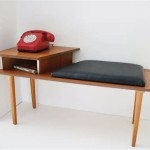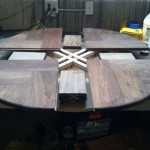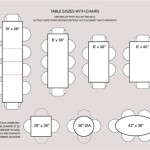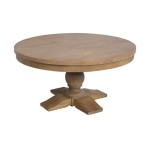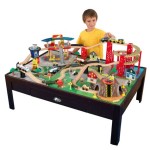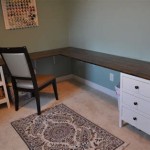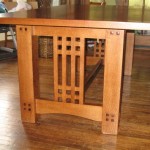The Quintessential Vintage Sewing Box Table: A Detailed Guide
Vintage sewing box tables have been cherished for decades, not only for their practical functionality but also for their aesthetic charm. These tables offer a convenient and organized space for storing sewing supplies while adding a touch of nostalgia to any room. Understanding the essential aspects of vintage sewing box tables will help you appreciate their uniqueness and make informed choices when seeking one for your own collection.
1. Materials and Construction:
Vintage sewing box tables were typically crafted from high-quality hardwoods, such as mahogany, walnut, or oak. These durable woods provide longevity and ensure the table can withstand the weight of sewing materials. The construction often features intricate joinery techniques, showcasing the skill of the artisans who made them. Look for pieces with dovetailed joints, tongue-and-groove construction, and solid wood legs for exceptional stability.
2. Design and Style:
Vintage sewing box tables come in a variety of designs and styles, reflecting the diverse tastes of the era they were made in. Victorian tables often feature ornate carvings, decorative moldings, and elaborate hardware. Edwardian tables exude elegance with their clean lines and inlaid designs. Art Deco tables embrace bold geometric patterns and streamlined forms. Regardless of the style, vintage sewing box tables are characterized by their compact size and hinged lid that conceals compartments for storing thread, needles, scissors, and other notions.
3. Function and Features:
Vintage sewing box tables seamlessly combine aesthetics with functionality. The hinged lid provides easy access to the interior compartments, which are typically lined with soft materials to protect delicate items. Some tables feature drawers or pull-out trays to accommodate larger supplies or unfinished projects. They also often include pincushions, tape measures, and other sewing-related accessories, making them truly dedicated workstations.
4. Condition and Authenticity:
When evaluating a vintage sewing box table, it is crucial to assess its condition and authenticity. Look for pieces that have been well-maintained, with minimal signs of wear or damage. Original hardware and accessories should be present, as replacements can diminish the value and authenticity of the table. Inspect the joints and hinges to ensure they are sturdy and functioning smoothly.
5. Care and Maintenance:
Proper care and maintenance are essential to preserve the beauty and functionality of vintage sewing box tables. Regularly dust the surfaces with a soft cloth to prevent buildup. Avoid using harsh chemicals or abrasive cleaners. If the finish requires restoration or touch-ups, consult a professional furniture conservator. With proper care, these tables can be cherished for generations to come.

Oak Sewing Box Table By Morco 1930s For At Pamono

Vintage Retro Antique Sewing Box Table By Granstrunk 65 00 Notions

Oak Sewing Box Table By Morco 1930s For At Pamono

Antique Edwardian Sewing Box Wooden Work Table On Legs Wood Craft Storage With Drawer

Vintage Wooden Sewing Box Table 3 Tier With Legs Mid Century Ecobuilding Bargains

Vintage Wooden Sewing Box Table 3 Tier With Legs Mid Century Ecobuilding Bargains

Antique Victorian Scottish Carved Mahogany Sewing Box Blue Silk Chesterfield At 1stdibs On Legs Vintage Table

Sewing Box Basket Cabinet Danish Design Teak Mid Century Vintage Retro

Vintage Wooden Sewing Box Chairish

The S Largest Antiques Website


